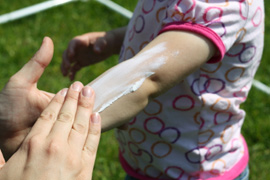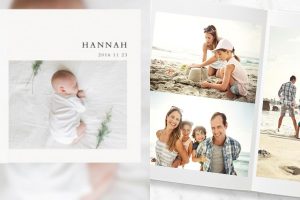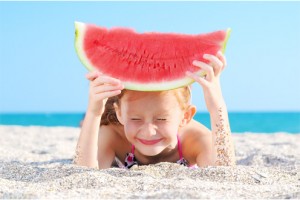Winter Break Skin Care Facts About SPF

For some of us (lucky ones), it’s time to take a break from the winter and get some sun. Travelling now with kids means added craziness and complexity—but some things, such as which sunscreen to take and why, remain the same. I am often asked the questions: how do sunscreens work, and which ones should I use for myself and for my kids?
First, you need to understand SPF (Sun Protection Factor). Think of a timeline where 0 minutes equals no sun, and the end point (i.e. 10 minutes) is when you would start to burn without any sunscreen. With an SPF of 8, this becomes a multiplication of that original scale—so now 10 minutes times 8 equals 80 minutes where you could go out in the sun before burning. But if you are very fair skinned and usually burn in that 10 minutes, then with a SPF 8, you would start to burn at around 80 minutes. This is likely not enough protection for you. If that same person used SPF 40, this provides 400 minutes of sun protection, or just under 7 hours. Depending on your day, where you are, and what you are doing, this is probably okay. This also means that when you get beyond SPF 50, there is really not much of an added benefit based on the length of time for protection.
Also, re-application does not mean you can stop the clock and start at 0 again. If during your sun exposure you go swimming or are very active and sweating, re-application is necessary—but you are just continuing the timeline from where you left off. So the decision on what level SPF you will need really depends on how long you expect to be out in the sun (and it’s always best to err on the side of caution).
So which sunscreen to use? Personally, I don’t believe that sunscreens should be used on children under 6 months of age. Put clothing on them and keep them in the shade. Also, you don’t need separate sunscreens for the grown-ups and the kids. I always choose from the kids’ section for my whole family for the following reasons:
- Extra testing is usually involved before a product is deemed safe for children.
- You can find more fragrance-free or lower-fragrance levels (that can cause other irritations).
- They are often cheaper (and no, I don’t know why).
- They are likely to contain less chemical sunscreens and more physical sunscreens like titanium or zinc oxide.
Here’s also one last emergency tip. If you are out with your toddler and have forgotten the sunscreen but have diaper rash cream on hand, check if it contains zinc oxide. Zinc oxide is a natural physical sunblock. A 7% zinc oxide content is around an SPF 30. It’s great in a pinch.















